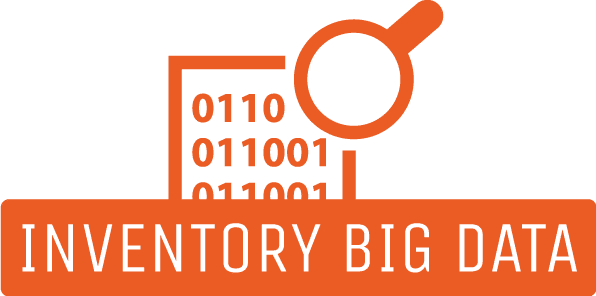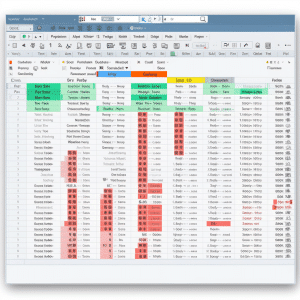Oliver – Data Scientist
Oliver is our data scientist specializing in logistics optimization. With expertise in predictive analytics, he identifies innovative solutions to improve delivery times and customer satisfaction. Oliver is a valuable asset to the company, turning data into actionable strategies.
Description
Who is Oliver?
Oliver is a data scientist at a leading supply chain optimization firm. He specializes in analyzing complex datasets to identify patterns and insights that help the company improve its logistics and operations. With a background in statistics and machine learning, Oliver has become an essential part of the team, known for his innovative solutions and attention to detail.
One day, Oliver received a task from the logistics department to analyze delivery times and identify factors causing delays. After diving into the data, he discovered that a particular route was consistently slower due to traffic congestion during peak hours. Oliver developed a predictive model that suggested alternative routes and optimal departure times to avoid traffic. He presented his findings to the logistics team, who quickly implemented his recommendations.
As a result of Oliver’s analysis, the company saw a significant reduction in delivery times and an improvement in overall customer satisfaction. His ability to transform data into actionable strategies earned him recognition across the organization. Oliver’s proactive approach and expertise in data science have made him a trusted advisor for various departments seeking to enhance their operations through data-driven decisions.
Meeting routines
“Data-Driven Strategy Discussion between Data Scientist and Logistics Manager”
Oliver, the data scientist, approached Emma, the logistics manager, to discuss optimizing their delivery routes.
Oliver: Hi Emma, I’ve been analyzing our delivery data and noticed some areas where we could improve our efficiency by adjusting our routes and schedules.
Emma (Logistics Manager): Hi Oliver, that sounds promising. What specific changes do you suggest?
Oliver: Well, by using predictive analytics, we can forecast traffic patterns and suggest alternative routes that avoid peak congestion times. This would help reduce our delivery delays.
Emma: That’s a great idea. How would we implement this in practice?
Oliver: We can integrate real-time traffic data into our logistics software, which will allow us to dynamically adjust routes. Additionally, we can optimize departure times to avoid high-traffic periods.
Emma: I see. This could significantly improve our delivery times. Have you considered the potential impact on fuel costs and driver schedules?
Oliver: Yes, I’ve included these factors in the model. The optimization should balance improved delivery times with minimal increases in fuel consumption and driver overtime.
Emma: Excellent. We should also think about training our drivers to use the new system effectively.
Oliver: Absolutely. We can conduct training sessions to ensure everyone is comfortable with the new process. I can also set up a monitoring system to track the effectiveness of these changes and make adjustments as needed.
Emma: Great. Let’s move forward with a pilot program on a few routes and see how it goes. If it’s successful, we can roll it out across all our deliveries.
Oliver: Sounds like a plan. I’ll start preparing the implementation strategy and the training materials.
Emma: Thank you, Oliver. Your work is going to make a big difference in our operations.
Additional information
| Human Ressource | |
|---|---|
| Department | Information Technology |
| Level | Technician |






